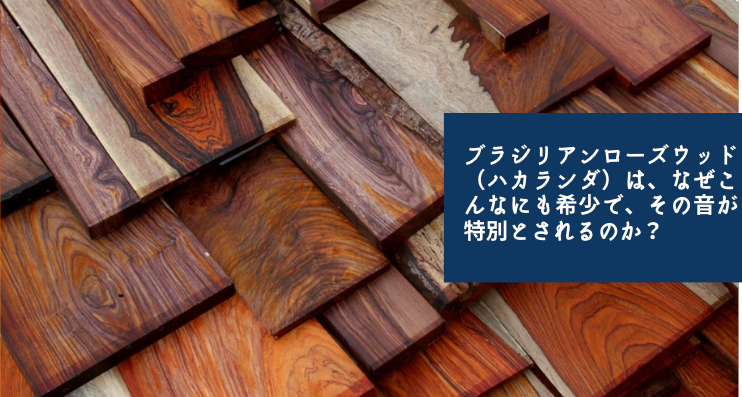
What it means to "cherish" an instrument
An instrument is an important partner for the performer. When you acquire a second-hand instrument, it is important to know how to properly store and preserve it in order to use it for a long time.When I was working at a music store, customers who purchased my guitar would often ask me questions like, "Should I store it in a guitar case when not in use?" or "Should I keep the strings loose?"
Below, I will explain my own methods for storing and preserving used musical instruments.
First of all, if you get a second-hand instrument, we recommend that you do a basic cleaning. If you buy it from a specialist instrument store, it will most likely have been thoroughly cleaned, but if you buy a second-hand instrument online or from a recycle shop that handles a wide variety of products, it is best to clean it before using it. If you don't do this, dust will stain your clothes and the room, and if you use it with fingerprints on it, it may corrode.
If you want to do a thorough cleaning, it is best to go to a music store, or do it yourself using special cleaning agents and maintenance kits suited to your instrument.
Use of various oils

Guitars and basses in particular use a variety of woods and paints depending on the part, so when purchasing a solvent it is a good idea to read the product description carefully or, if you are at a music store, ask the staff.
Use lemon oil or orange oil for the fingerboard, and a polish that matches the paint on the body. These days, there are all-purpose polishes that can be used with a variety of paints, so I recommend using those!
For those of you wondering, "What's the difference between lemon oil and orange oil?", here's a brief explanation.
Lemon oil: It is light and evaporates easily, so it is effective for removing fingerprints. Orange oil: It is thicker than lemon oil, so it is effective for moisturizing the fingerboard.
To put it in perspective, it's like shampoo and treatment. Personally, I think orange oil can also remove dirt from your hands, so there's no need to buy both, but generally I use them like this.
Temperature and humidity

Instruments can be affected by changes in temperature and humidity, so try to keep the environment as stable as possible. Also, be careful not to place the instrument in extreme conditions such as in direct sunlight or near a heater.
If you place it in a place where it will be directly exposed to the wind from an air conditioner, the body may suddenly crack with a "crack", so please absolutely avoid this. Simply put, the temperature and humidity that is comfortable for humans is also ideal for musical instruments, so it might be better to store it in the living room rather than storing it in a closet.
Also, used instruments are often sold as just the body, so if you are concerned, you may want to consider purchasing a case.
Do I loosen the strings every time? Or not? Problem
Loosening and tightening the strings every time can make them more likely to break, but when tuning normally, the neck is constantly being pulled with a force of 60 to 70 kg.
On the other hand, bass guitars have long necks and thick strings, so you need to be especially careful. (Personally, I think it's best to rotate the 4th and 3rd strings twice, and the 2nd and 1st strings once.)
These are my recommended storage and maintenance methods.
At first glance, this maintenance may seem like a pain, but you don't have to use orange oil, polish, or loosen the strings every time. On the other hand, moistening the fingerboard with oil every time can have the opposite effect, so I think doing it once or twice a month is enough.
Normally, I think it's fine to just quickly wipe the strings dry after playing, as this will extend their lifespan.
In order to use it for a long time, it takes a certain amount of effort. If you give it lots of love, the instrument will respond and improve its sound, so be sure to take good care of it!


